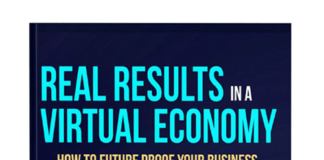By Aline Ayoub
For the last two and a half years, the volume of change has been exponential. At a time when resilience, collaboration, and the desire to perform at the highest level, change has taken a toll on employees.
Employees are feeling confused, vulnerable, and fractured. Most employers think that communicating the change is enough. It is no longer the case. This is outdated. It fails to take into consideration fatigue management.
Select, time, and design the change you want to make:
Step 1: Select
Did you know that one of the major reasons driving employees’ burnout is change fatigue? Prior to making a change, you need to track and keep track of the change volume and disruption in order to make better change decisions. You need to know what drives the change. Analyze earlier change initiatives in your business: what were the reasons behind their success or failure and which lessons can be derived from them?
Have you freed up capacity in order to make room for another change? Have you identified the symptoms of your employees’ health? Any signs of burnout? Any disruption amongst employees? Have you noticed a decline in their productivity?
Step 2: Time
Once you took stock of your employees’ health, ask yourself if it is the right time to redesign processes and structures. Have you treated the symptoms? Have you identified the root causes of your employees’ change fatigue? Have you moved to a proactive approach as opposed to a reactive one?
Spend time empowering your employees to support organizational goals. Make your visions and values visible and ensure every employee supports them. It will help with ensuring every employee contributes to your values and vision.
Only then, you can introduce another change.
Step 3: Design
Take a top-down approach and make sure you are not dealing with the change in isolation. You need to embed the change into the other initiatives going on. Doing that will prevent an overload of change (once again). Take baby steps, make room for mistakes, introduce the change as a trial, and re-assess. Chose ambassadors to help you drive the change
You must make fatigue management part of your communication
Change fatigue is worth than bad. Because change fatigue is corrosive. In fact, it is the major reason causing employees to burn out. Communicating the change is not enough. This is outdated.
By selecting the change, making sure the timing is good, and designing the change, you will be addressing change fatigue.
Your communication will reflect your thought process. You will be successful in implementing the change and you will prevent your employees from burning out.















